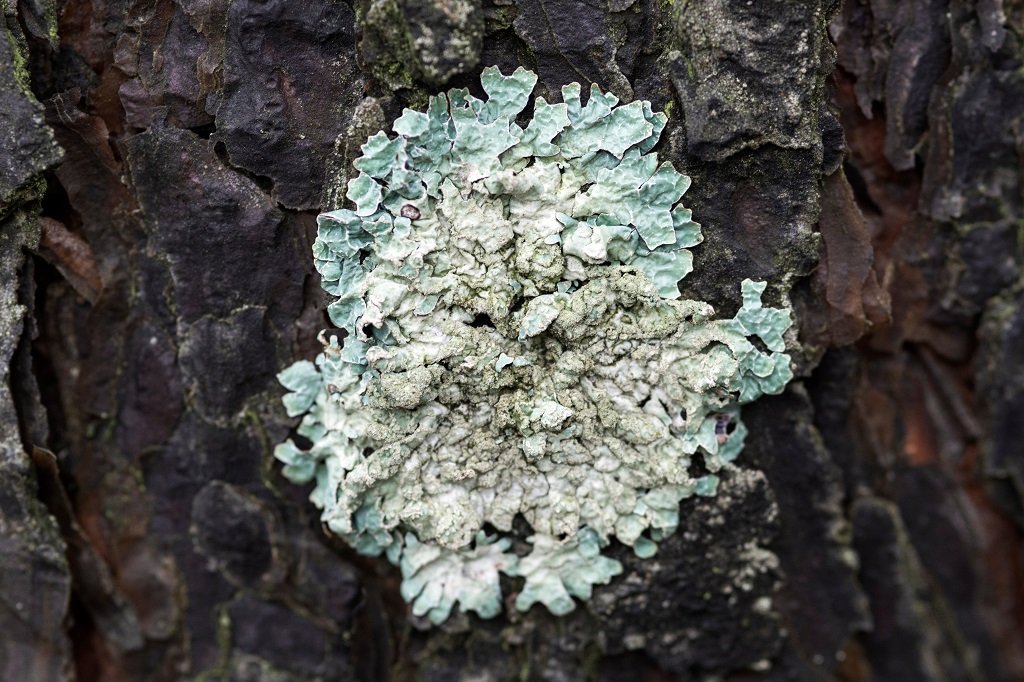
Climate change and the plight of Scotland’s rainforests
Far too little is known about how Scotland’s native species will respond to climate change, according to new research.
Following studies of the country’s unique and globally-important temperate rainforest, scientists at the Royal Botanic Garden Edinburgh (RBGE), say revised thinking is essential for effective conservation efforts.
A newly published paper, being highlighted during Scotland’s Climate Week 2019, demonstrates the importance of ecological realism in understanding the future of our rainforest species.
Dr Christopher Ellis, head of cryptogamic plants and fungi at RBGE, explained: ‘Climatic changes in the UK are likely to include increased rainfall as well as rising temperatures, sometimes leading to “non-analogue” conditions, which have no equivalent today. We need to understand how threatened species and habitats, such as Scotland’s unique and globally-important examples of temperate rainforest, are likely to react to these novel future climates.’
Most previous studies have relied on bioclimatic modelling or ‘envelope models’ which predict the future range of species based upon their existing climatic preference, mainly precipitation and temperature, and predictions of future climate.
However, Dr Ellis realised that the climate of today may not best represent the climate of the future and that new combinations in temperature, precipitation and seasonal light could affect nature in surprising ways.
Using a widespread Scottish lichen Flavoparmelia caperata (common greenshield lichen) as an indicator for rainforest diversity, he took a two-pronged approach.
Real-time measurements were made of the light reaching individual lichens in their native woodland habitat at Moine Mhor National Reserve, in Argyll & Bute, covering the full range of Scottish conditions from the longest to the shortest days of the year.

Lichen has a key role to play for scientists
These measurements were then combined with temperature, humidity and precipitation values for both the present-day climate data and predicted conditions in the 2080s, calculated by the UK Met Office, and on the assessment on the Intergovernmental Panel of Climate Change (IPCC). These different conditions were each applied to 40 lichens using a climate-controlled growth chamber over a period of two weeks.
In contrast to previous bioclimatic models, suggesting F. caperata would thrive at the Moine Mhor site under warming scenarios with increased precipitation, Dr Ellis’ results showed a net loss of lichen biomass for the 2080s.
This appeared to be because in winter, when light levels are low, the warmer, wetter conditions predicted for the 2080s tip the balance from photosynthesis – which produces biomass but requires light – to respiration – which uses biomass to produce energy and can occur irrespective of light levels.
In the summer, lichen growth was slower in the 2080s conditions because of lower relative humidity and periodic droughts inducing dormancy.
Over the course of a full year, the net rate of growth that was positive under present-day climates became negative under the 2080s conditions, a difference which was statistically significant.
Dr Ellis concluded: ‘The key message to take from this is that, while we cannot accurately predict the precise effects of future climate change on any given species, it is vital to improve detailed ecological realism in our analysis of climate responses and, therefore, identify the urgent action needing to be taken to protect our valuable species, communities and the ecosystem services they provide.
‘We are increasingly realising that an extrapolation of today’s climate into the future is not enough to understand the response of species and habitats. New combinations of temperature, precipitation and light – which have no equivalent today – will drive the response of biodiversity with sometime unexpected consequences.’
TAGS

